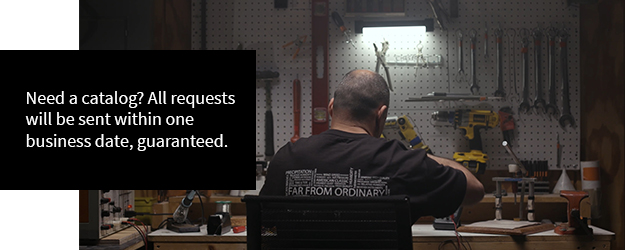What to Consider When Choosing a Home Weather Station

Home weather stations are extremely convenient and let you know the weather at your home before you go outside. There are many options when looking for the best home weather station, and with so many features to consider, it can feel overwhelming to choose the right one.
Choosing the Best Home Weather Station: 8 Factors to Consider
There are many home weather stations to consider, and each one has different features for your convenience. Whether you want to know the precipitation in your garden or if you should grab a jacket before going outside, home weather stations are highly useful. When you’re looking for the best home weather station, there are plenty of considerations to keep in mind, including functions, accuracy, display, and more.
1. Functions
Different home weather stations have different functions. Many home weather stations tell you the temperature, precipitation, and wind speed, but some include extra features such as the air pressure, ocean tides, and humidity. Consider your priorities and determine if you need your home weather station to have some extra features.
2. Accuracy
Of course, you want your home weather station to be as accurate as possible. There are a few things that can affect the accuracy of your home weather station, including placement and conditions around your area. For example, wind speed and direction sensors should always be installed 6-8 feet above the highest point of a roof. This will enable the most accurate readings and assure there will be no obstructions. Temperature sensors should be mounted with a northern exposure, protected from direct sunlight, and about 6 feet off the ground to give you the most accurate temperature readings.

3. Display
The display on your home weather station should give you all the information you need at a glance. Consider the size of the display when looking for the best home weather station for you. Also, consider whether you want an analog or digital display. Each has different qualities and characteristics that will factor into your weather station decision. Analog will have a more classic display, while digital provides a more modern look. Maybe you need a larger display for easy readability, or perhaps you want something more discreet. There are many display options for your home weather station, but ensuring the display is easy to read and manage is an integral part of choosing the right one.
4. Remote Access
If you want to be able to view the readings of your station from your phone, tablet, or computer you may want to consider a Wi-Fi based system. This allows you to view current conditions at your station location even when you are not there. Some allow you to view current and previous weather data, along with any alerts on your home weather station. Typically, you can do this through a company-provided app.
Analog weather stations are often limited by their cable length when transmitting data, but with wireless or wifi enabled weather stations, the limitation is minor. Most wireless weather stations can transmit data over 100 meters.
A WiFi weather station system uses your home WiFi network to send weather information from outdoor sensors to indoor weather instruments. Data is relayed between two wireless units that communicate with each other in your home.
5. Durability
Home weather stations have a sensor placed outside and a mounted or freestanding display panel located indoors so you can easily read it. However, the sensor (or sensors) you place outside needs to be durable enough to handle the elements throughout all seasons. Most home weather stations come with numerous sensors to measure all the elements so be sure the quality and durability are reliable.
6. Expandability
Investing in a high-quality home weather station will save you money in the long run. Lower-end weather stations will often include mediocre features and require you to buy a brand-new setup, or they may not even offer it at all. Buying a higher-end setup will often have expandability in mind, provide better customer support, and rock-solid warranties.
7. Ease Of Use
Most weather station components are pre-built and require a few more steps for installation, but installation manuals make it a straightforward process to tackle. Make sure to research reviews for honest feedback and also contact the business for further information.
8. Appearance
This consideration may be considered a reach, but this is where our weather stations don’t fall short — design. Let’s face it, would you rather have a generic and confusing digital LCD screen or an elegant weather station control center? We’ve perfected the marriage of analog and digital instruments, so it’s no surprise that our instruments can transform any room. Not only are our weather stations easy to read, but our presentation is a show-stopper.
As You Set Up Your Home Weather Station
Setting up a personal weather station at home is an affordable alternative to relying on a commercial weather station. Commercial weather stations are often located in remote locations, such as an airport, and can only provide general readings for a large coverage area. Home-based weather stations are a great addition for those who have a general interest in meteorology or need specific information for water sports or other weather-related activities.
Ready to learn more about home weather stations? Request a catalog today or check out our feature for the best weather stations on The Weather Station Experts!

This article provides valuable insights on what to consider when choosing a home weather station. The eight factors mentioned, such as functions, accuracy, display, remote access, durability, expandability, ease of use, and appearance, are all important factors to keep in mind while making a decision. I appreciate the emphasis on having a clear display and the option for remote access, as these features add convenience to monitoring weather conditions. The mention of durability and expandability is also crucial for ensuring a long-lasting and versatile home weather station. Overall, this article offers comprehensive guidance for selecting the perfect weather station for any home.